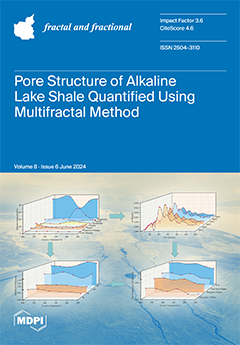The pore-throat structure is a critical factor in the study of unconventional oil and gas reservoirs, drawing particular attention from petroleum geologists, and it is of paramount significance to analyze to enhance oil and gas production. In tight sandstone, which serves as a significant hydrocarbon reservoir, the internal pore-throat structure plays a decisive role in the storage and migration of fluids such as water, gases, and hydrocarbons. This paper employs casting thin section (CTS), field emission scanning electron microscope (FE-SEM), high-pressure mercury injection (HPMI), and low-temperature nitrogen gas adsorption (LT−N
2−GA) experimental tests to qualitatively and quantitatively analyze the characteristics of the pore-throat structure in tight sandstone. The results indicate that the pore types in tight sandstone include intergranular residual pores, dissolution pores, intercrystalline pores, and microfractures, while the throat types encompass sheet-shaped, curved-sheet-shaped, and tubular throats. Analysis of the physical and structural parameters from 13 HPMI and 5 LT−N
2−GA samples reveals a bimodal distribution of pore-throat radii. The complexity of the pore-throat structure is identified as a primary controlling factor for reservoir permeability. The fractal dimension (D) exhibits an average value of 2.45, displaying a negative correlation with porosity (R
2 = 0.22), permeability (R
2 = 0.65), the pore-throat diameter (R
2 = 0.58), and maximum mercury saturation (R
2 = 0.86) and a positive correlation with threshold pressure (R
2 = 0.56), median saturation pressure (R
2 = 0.49), BET specific surface area (R
2 = 0.51), and BJH total pore volume (R
2 = 0.14). As D increases, reservoir pores tend to decrease in size, leading to reduced flow and deteriorated physical properties, indicative of a more complex pore-throat structure.
Full article





